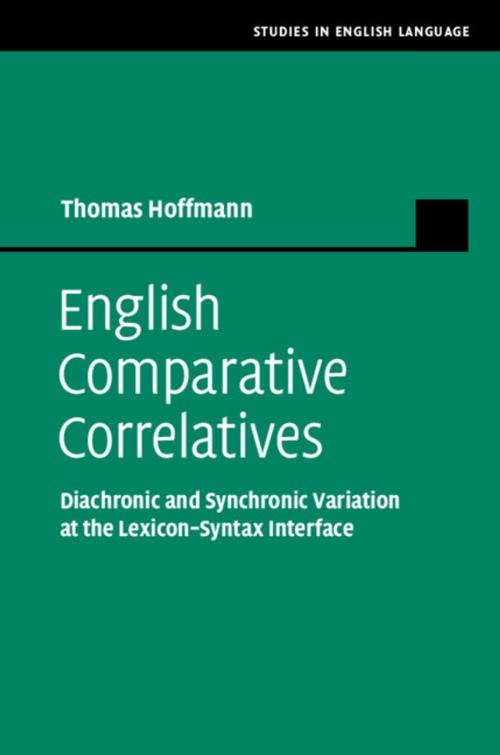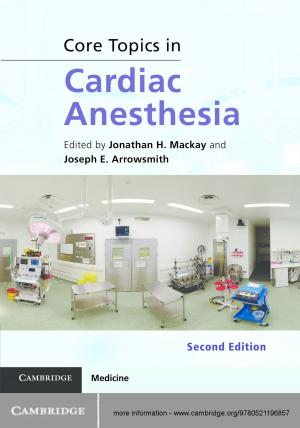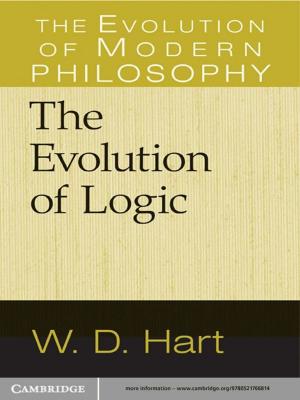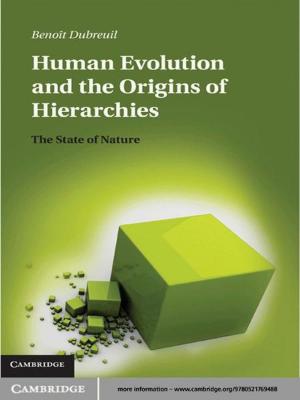English Comparative Correlatives
Diachronic and Synchronic Variation at the Lexicon-Syntax Interface
Nonfiction, Reference & Language, Language Arts, Linguistics| Author: | Thomas Hoffmann | ISBN: | 9781108756693 |
| Publisher: | Cambridge University Press | Publication: | May 31, 2019 |
| Imprint: | Cambridge University Press | Language: | English |
| Author: | Thomas Hoffmann |
| ISBN: | 9781108756693 |
| Publisher: | Cambridge University Press |
| Publication: | May 31, 2019 |
| Imprint: | Cambridge University Press |
| Language: | English |
One of the most intriguing features of languages is that speakers can produce novel grammatical utterances that they have never heard before. Consequently, most linguists agree that the mental grammars of speakers are complex systems that must be more abstract than the input they are exposed to. Yet, linguists differ as to how general and abstract speakers' mental representations have to be to allow this grammatical creativity. This book addresses this issue by empirically investigating one specific construction, English comparative correlatives (e.g., the more you eat, the fatter you get). Drawing on authentic corpus data from Old English to Present-day English varieties around the world, it shows how input frequency and domain-general cognitive principles affect the complex mental network of constructions that underlies speakers' linguistic behaviour. This pioneering and original study will be of interest to scholars and students of English syntax and English historical linguistics.
One of the most intriguing features of languages is that speakers can produce novel grammatical utterances that they have never heard before. Consequently, most linguists agree that the mental grammars of speakers are complex systems that must be more abstract than the input they are exposed to. Yet, linguists differ as to how general and abstract speakers' mental representations have to be to allow this grammatical creativity. This book addresses this issue by empirically investigating one specific construction, English comparative correlatives (e.g., the more you eat, the fatter you get). Drawing on authentic corpus data from Old English to Present-day English varieties around the world, it shows how input frequency and domain-general cognitive principles affect the complex mental network of constructions that underlies speakers' linguistic behaviour. This pioneering and original study will be of interest to scholars and students of English syntax and English historical linguistics.















